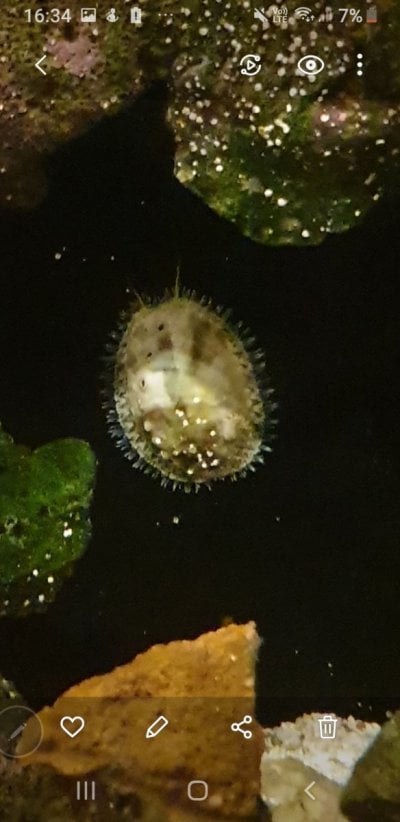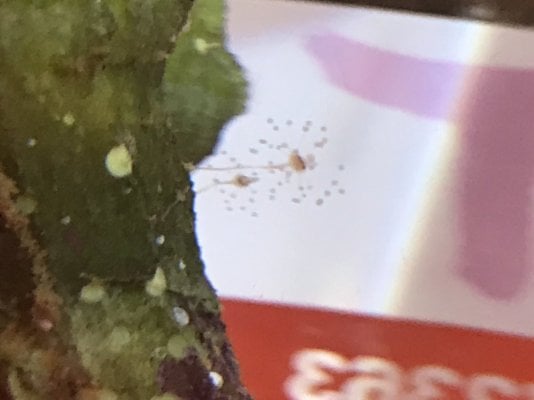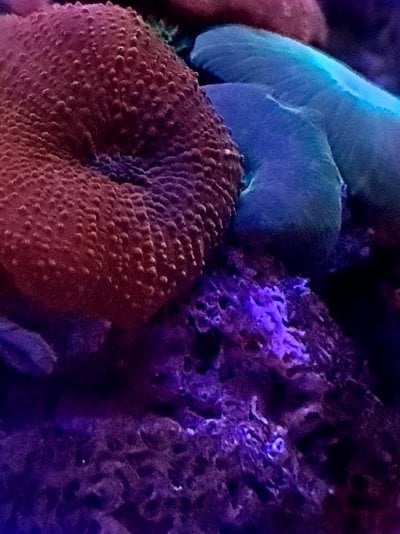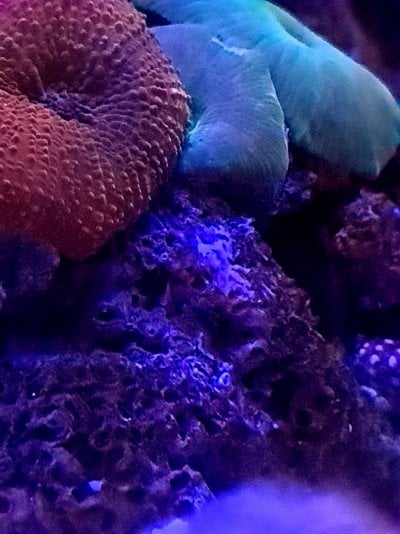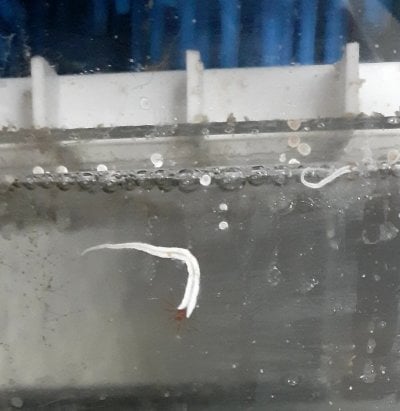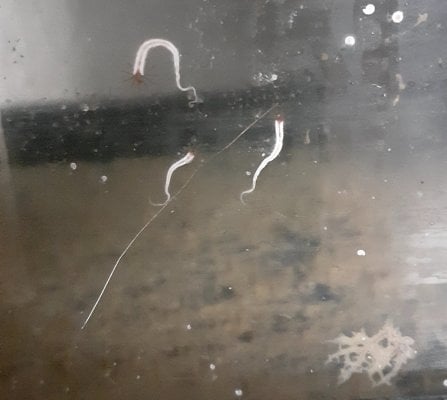Asterina star fish maybe?Can anyone help with what this is suddenly walking across my frag shelf? Never seen it before.
Now I had noticed my daisy polyp not looking happy and moved it to this shelf - away from CUC. Seems happier but was this munching on it? First time I am seeing this in my tank!! I can't get a really good look - asterina starfish?
They self propagate by losing a leg and part the oral mouth i believe then 1 becomes 2 then they grow their legs back and do same again.
Just a guess







